
There have been multiple developments in the world of pigeon shooting. Since the late 18th century, the woodpigeon has been recognised as a potential pest to the arable farmer, a status emphasised when World War II made it imperative to conserve stocks of home-produced food. But the bird was also a quarry favoured by the sportsman who was unable to shoot partridges and pheasants.
In Colin Willock’s Book of the Woodpigeon, Ron Murton — an ornithologist with the then Ministry of Agriculture, Fisheries and Food — notes that, as a result of studies by the Agricultural Research Council (1941-1943), it was concluded that the pigeon problem could be best solved by reducing the total population size. This was based on the assumption that there was a positive correlation between the incidence of real crop damage and bird numbers. Accordingly, the government took measures to encourage sportsmen to shoot the large numbers of pigeons.
One of the main ways in which the government increased the popularity of pigeon control was to introduce a subsidy in 1953 that contributed half the cost of cartridges. This bonus scheme was administered by the divisional pest service of the Ministry of Agriculture. Officials realised the importance of protecting the national food supply as well as providing an extra meat source in the form of the protein offered by shot birds.
The government focused on two main methods of controlling numbers. One was named the lone wolf method, which we now know as decoying. It was named lone-wolf due to it being carried out by an individual shooter. Lone-wolf gunners were regarded as the elite of pigeon shooters and they were the ones with the most effective tactics. This led on to the birth of the professional pigeon shooter.
Diese Geschichte stammt aus der November 20, 2019-Ausgabe von Shooting Times & Country.
Starten Sie Ihre 7-tägige kostenlose Testversion von Magzter GOLD, um auf Tausende kuratierte Premium-Storys sowie über 8.000 Zeitschriften und Zeitungen zuzugreifen.
Bereits Abonnent ? Anmelden
Diese Geschichte stammt aus der November 20, 2019-Ausgabe von Shooting Times & Country.
Starten Sie Ihre 7-tägige kostenlose Testversion von Magzter GOLD, um auf Tausende kuratierte Premium-Storys sowie über 8.000 Zeitschriften und Zeitungen zuzugreifen.
Bereits Abonnent? Anmelden
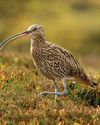
United we stand
Following United Utilities' decision to end grouse shooting on its land, Lindsay Waddell asks what will happen if we ignore our vital moors
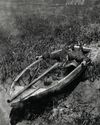
Serious matters
An old gamebook prompts a contemplation on punt-gunning
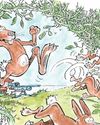
They're not always as easy as they seem
While coneys of the furry variety don't pose a problem for Blue Zulu, he's left frustrated once again by bolting bunnies of the clay sort
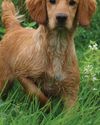
Debutant gundogs
There's lots to think about when it comes to making the decision about when to introduce your dog to shooting
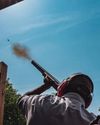
When the going gets rough
Al Gabriel returns to the West London Shooting School to brush up on his rough shooting technique

The Field Guide To British Deer - BDS 60th Anniversary Edition
In this excerpt from the 60th anniversary edition of the BDS's Field Guide To British Deer, Charles Smith-Jones considers the noise they make
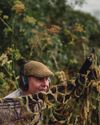
A step too far?
Simon Garnham wonders whether a new dog, a new gun and two different fields in need of protection might have been asking too much for one afternoon's work
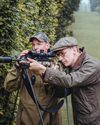
Two bucks before breakfast
A journey from old South London to rural Hertfordshire to stalk muntjac suggests that the two aren't as far detached as they might seem
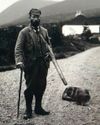
Stalking Diary
Stalkers can be a sentimental bunch, and they often carry a huge attachment to their hill

Gamekeeper
Alan Edwards believes unique, private experiences can help keepers become more competent and passionate custodians of the countryside